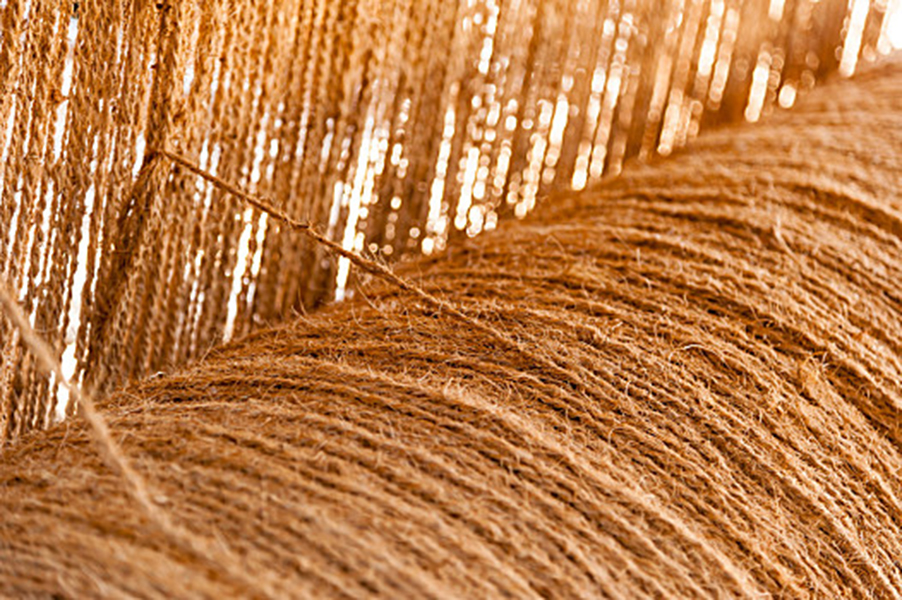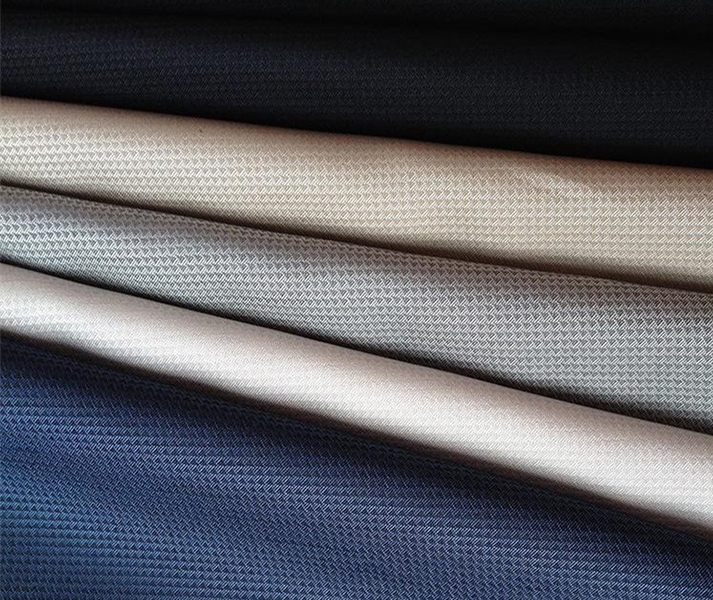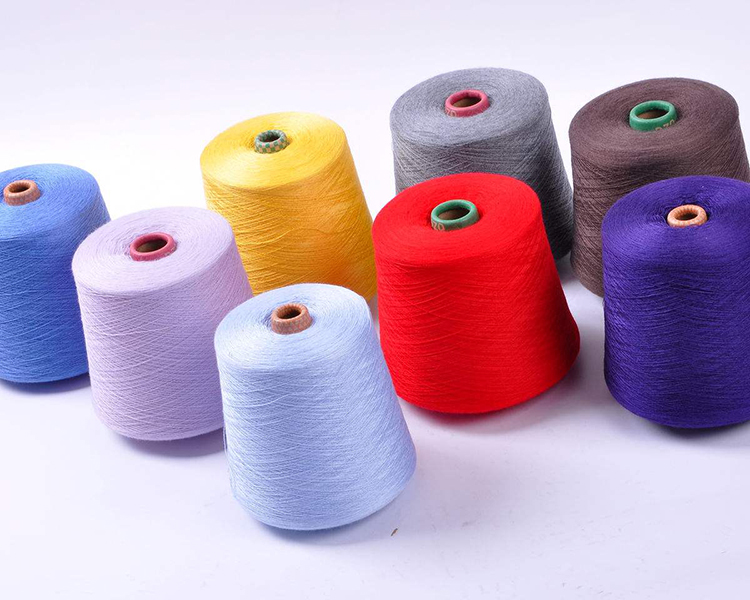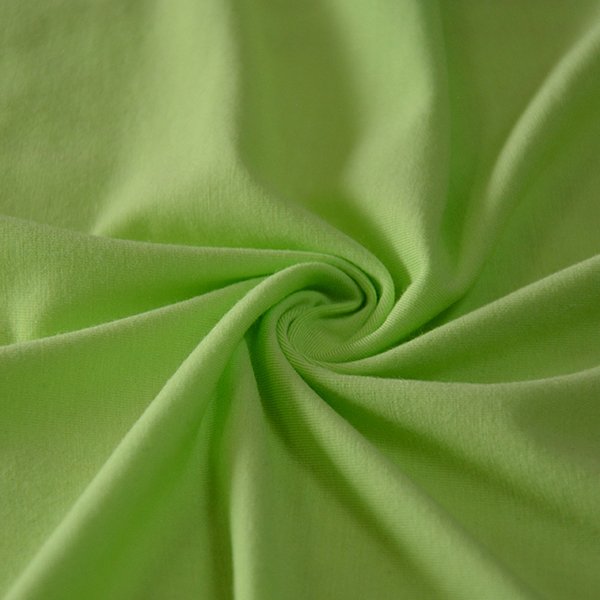-
Abbreviating Name of Fibers
Name of Main Kinds of Chemical Fibers PTT: Polytrimethylene Terephthalate Fiber, Elastic Polyester Fiber PET/PES: Polyethylene Terephthalate Fiber, Polyester Fiber PBT: Polybutylene Terephthalate Fiber PA: Polyamide Fiber, Nylon PAN: Polyacrylonitrile Fiber, Acrylic Synthetic Wool PE: Polyethylen...Read more -

Fabrics for Sportswear
There are various kinds of fabrics for sportswear to meet the needs of different sports and wearers. Cotton Cotton sportswear is sweat absorbing, breathable and quick drying, which has excellent moisture wicking performance. But cotton fabric is easy to crease, distort and shrink. Also it has b...Read more -
The Complex Performance of Cationic Surfactant in Anionic Systems
The synergy of the combination of anionic-cationic surfactants is as following. 1. Soil releasing performance A small amount of anionic surfactant-based detergent is added into the cationic surfactants as synergist to improve the soil releasing ability. 2. Solubilizing property In the combination...Read more -

General Indicators And Classification of Water Used in Printing And Dyeing
The quality of water used in printing and dyeing directly affects the quality of printing and dyeing. General Indicators 1. Hardness Hardness is the first main indicator of water used in printing and dyeing, which usually refers to the total amount of Ca2+ and Mg2+ ions in water. Generally, the...Read more -
161 Kinds of Textile Fabrics Two
81. 平绒:Velvet and Velveteen 82. 纱罗织物:Leno and Gauze 83. 牛津布:Oxford 84. 竹节布:Slubbed Fabric 85. 结子布:Knop Fabric 86. 提花布:Figured Cloth 87. 提格布:Checks 88. 绉布:Crepe 89. 皱纹布:Creppella 90. 泡泡纱:Seersucker 91. 轧纹布:Embossing Cloth 92. 折绉布:Wrinkle Fa...Read more -
161 Kinds of Textile Fabrics One
1. 棉织物:Cotton Fabric 2. 平纹织物:Plain Cloth 3. 斜纹织物:Twill Cloth 4. 缎纹织物:Satin and Sateen Cloth 5. 纯纺织物:Pure Yarn Fabric 6. 混纺织物:Blended Fabric 7. 混并织物:Mixture 8. 交织织物:Mixed Fabric 9. 服装用织物:Dress Fabric 10. 装饰用织物:Furnishing Fabric 11. 产业用织物:Tec...Read more -

New Type Natural Plant Fibers
1.Bast fiber In the stems of some dicotyledons, such as mulberry, paper mulberry and pteroceltis tatarinowii, etc., bast fibers are developed, which can be used as raw materials of specialty papers. In the stalks of ramie, hemp, flax, jute and China-hemp, etc., there are also especially developed...Read more -

Do You Really Know about Acetate Fabrics?
Acetate fabric is made of acetate fiber. It is artificial fiber, which has brilliant color, bright appearance, soft, smooth and comfortable handle. Its luster and performance is close to silk. Chemical Properties Alkali Resistance Basically, the weak alkaline agent will not damage the acetate fi...Read more -

Static Electricity in Fabric
Static electricity is a physical phenomenon. Synthetic fiber is a high molecular polymer. There are fewer polar groups on most of the fiber macromolecular chains. It has poor moisture absorption, higher specific resistance and poor electrical conductivity. Therefore, in the weaving process, due t...Read more -

Chinese And English of Commonly Used Yarns
棉纱Cotton Yarns 涤棉纱T/C & CVC Yarns 粘棉纱Cotton/Rayon Yarns 棉晴纱Cotton/Acrylic Yarns 棉/氨纶包芯纱Cotton/Spandex Yarns 毛纺系列纱线Woolen Yarn Series 羊绒纱Cashmere Yarn Series 全羊毛纱Wool(100) Yarns 毛晴纱Wool/Acrylic Yarns 毛涤纱Wool/Polyester Yarns 毛粘纱Wool...Read more -

Elastic Fibers
1.Elastodiene Fiber (Rubber Filament) Elastodiene fiber is commonly known as rubber filament. The main chemical component is sulfide polyisoprene. It has good chemical and physical properties, such as high temperature resistance, acid and alkali resistance and wear resistance, etc. It is widely a...Read more -

Modal
Modal is suitable for light and thin fabric. Characteristics of Modal 1.Modal has high strength and uniform fiber. Its wet strength is about 50% of dry strength, which is better than viscose fiber. Modal has good spinning property and weaving capability. Modal has higher wet modulus. The shrink...Read more

